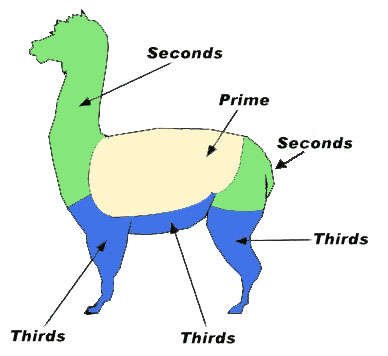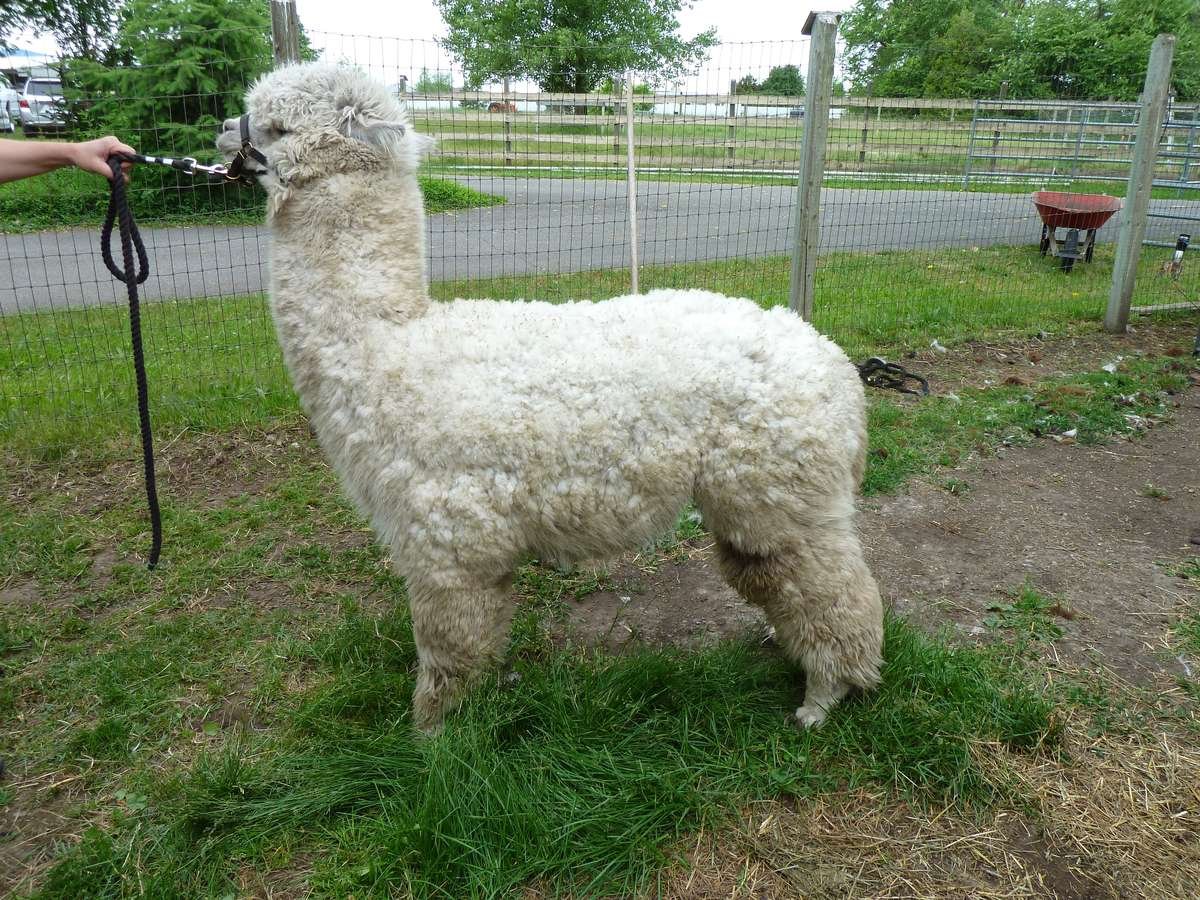When grading alpaca yarns for knitting, there are different classifications depending on what knitting association you reference. In this article I will highlight the most common ways we grade alpaca yarn so you can make the best choices when choosing alpaca for your knitting and crochet projects.
Beyond the basic yarn grade, a lot of other factors can influence how a particular yarn will perform for your specific project. We are often asked for 'Only 100% Baby Alpaca' yarns. These yarns are wonderful however they will require extra care - hand washing and air drying so may not be as suitable for some projects like gifts to people who do not understand the need for special care.
Alpaca fiber can have a lot of 'Drape' so if you are planning to make a sweater, it may become heavy and not have as much structure as you were looking for. We often recommend blended yarns like
Berroco Ultra Alpaca for these types of projects since they are a 50/50 blend of alpaca and wool so you get the benefit of alpaca and the springy loft and structure of the wool.
The ply and overall yarn construction of the yarn will also play a key factor in how the yarn actually performs.
SimpiCria is a yarn we carry that has a chainette construction and when knit up is squishy soft and has a wonderful halo - perfect for hats and scarves. I evaluate every yarn we carry before bringing it into our store. By this, I mean I actually knit up a project with it so I understand how it will behave, what it's best qualities are and how it compares to other similar yarns. I normally do not like most yarns with chainette construction so was skeptical about the
SimpliCria yarn and then was pleasantly surprised once I had it on my needles. Now it has become one of my favorite yarns.
Dyeing can also affect the 'Hand' and texture of the yarn. Did you know that alpacas come in 22 natural colors? If you'd like to avoid dyes altogether, consider choosing one of our '
Eco Alpaca' yarns that are the natural color sheared from the alpacas.
That said, don't just look at the published yarn grade when selecting your alpaca yarns. Look at it's overall construction (plys, twist, constuction, etc) and understand what it has been blended with. We carry many
alpaca yarns on our website and also be sure to read the
product reviews from our buyers.
Just as I try all our yarns for knitters, I also inspect our Alpaca apparel made for us in Peru. We have learned over the years that if something seems 'Too good to be true', it probably is. There are many vendors selling online who promote 'Baby Alpaca' products when in fact they are mostly acrylic with only 10-15% alpaca. We see this all the time at the vendor stands near tourist attractions in Lima Peru where people think they are getting a great deal on a 'Baby Alpaca' sweater when in fact it is mostly acrylic. That said, they likely got a nice souvenir to bring home but they have not really experienced what true baby alpaca apparel is really like. We work with trusted suppliers where we've built relationships over the past decade to ensure we only get the finest alpaca products for you.


